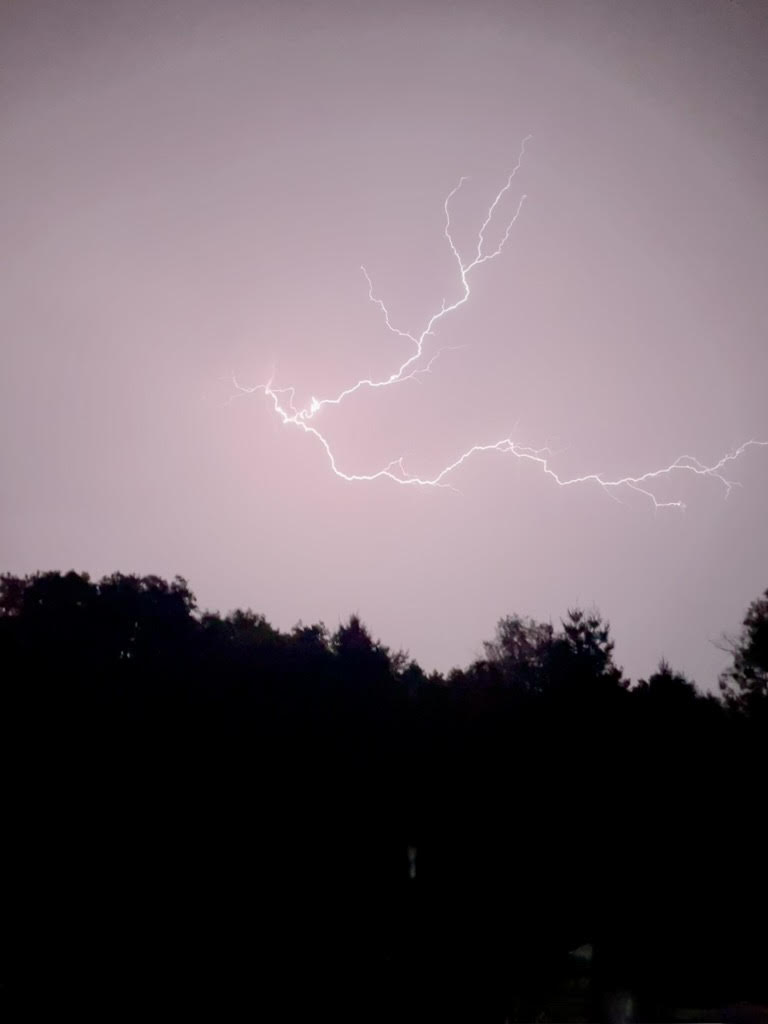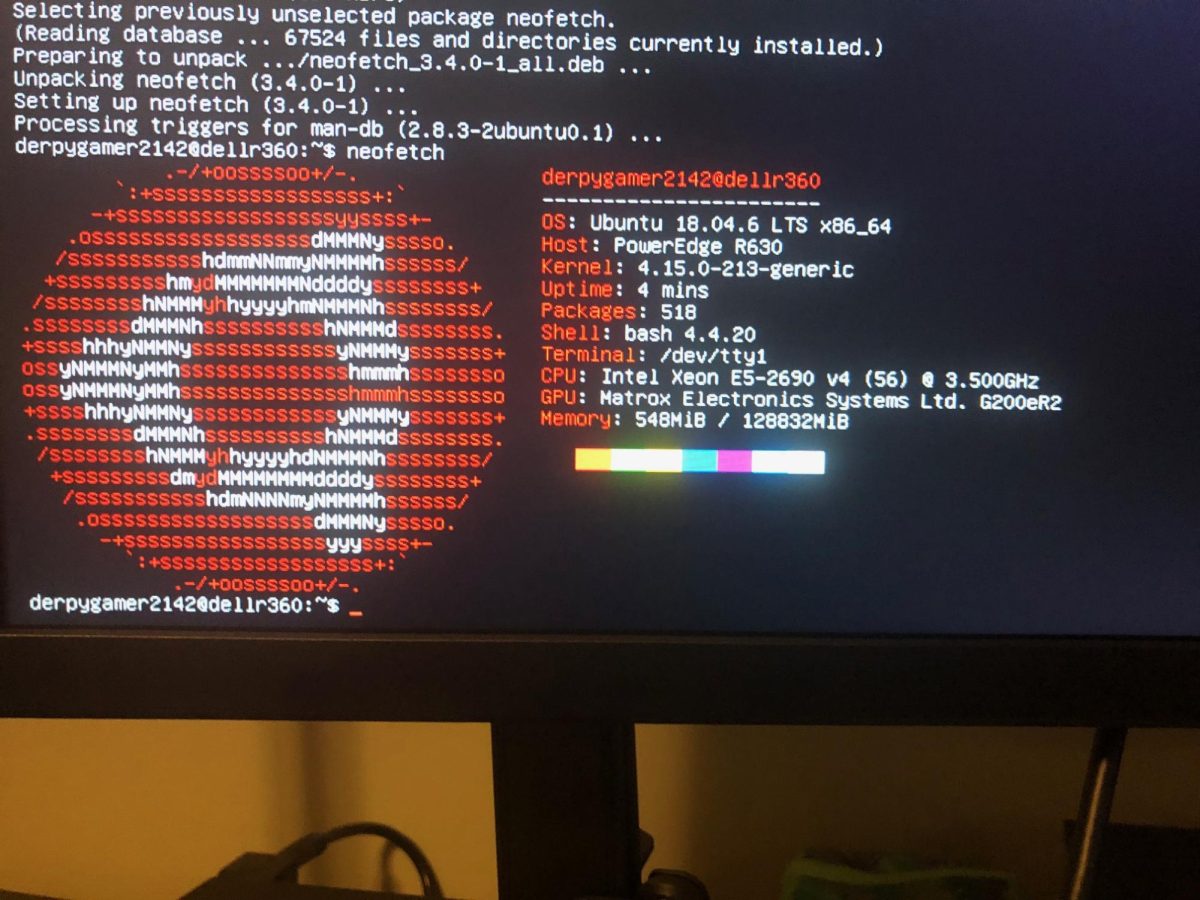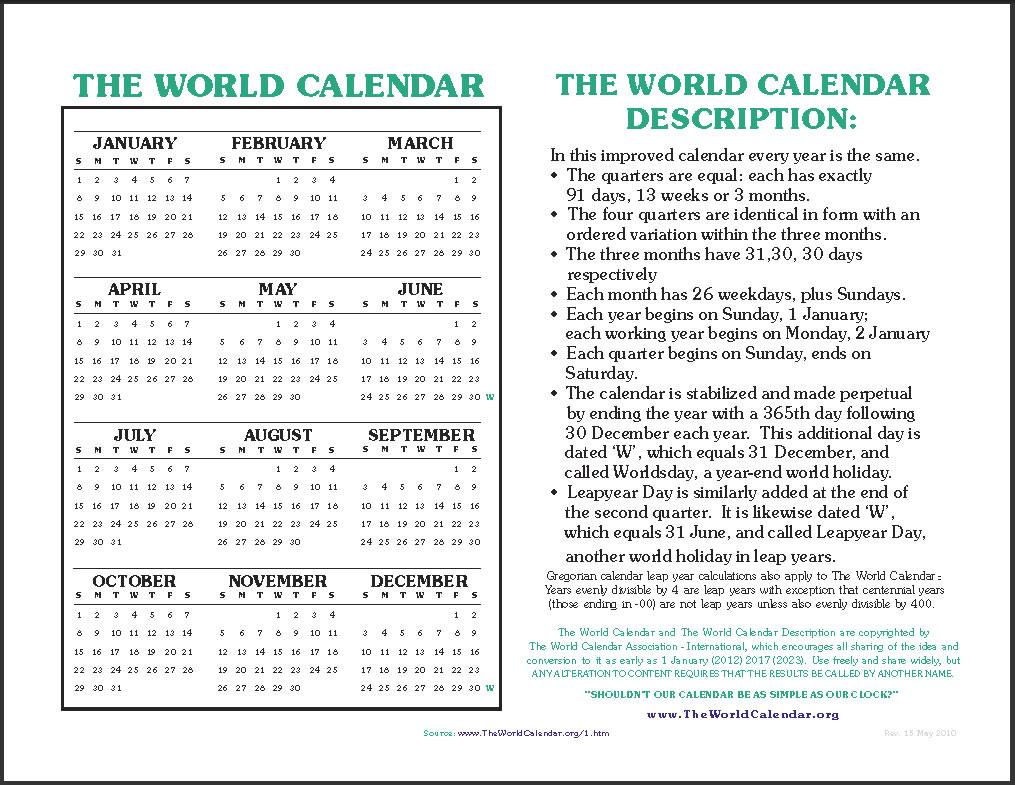Well, if you’ve read the title (and I can’t imagine why you wouldn’t as skipping an article’s title and jumping right in is akin to executing a high dive before making sure there’s water in the pool), you already know what we’re discussing today: calendars.
The reason for this subject matter is twofold: I read an interesting article recently concerning them, and, more truthfully, I have no better ideas to fill up my allotted space with.
First, a tangent about the lack of a Mayan apocalypse – as if you haven’t seen enough lame newspaper articles on the topic already. In all seriousness, anyone with a basic understanding of logic could have told you that nothing was going to happen. The three best arguments I’ve heard as to why the apocalypse theory wasn’t worth a plugged nickel:
Our calendar ends, too – every December 31. The Mayan calendar simply had a larger frame of reference. I’m not sure if travel sizes were available.
The calendar was a giant stone carving. Eventually, whichever group (let’s hope it wasn’t a single poor guy) that was in charge of carving it came to their senses and said, “You know, we’ve probably planned out far enough in advance. Anyone up for a round of Pok-Ta-Pok?” [Note: that’s the Mayan version of the ancient Mesoamerican ballgame we’ve all heard so much about.]
It’s highly unlikely that the Maya could have predicted the end of the world, but not the collapse (or mysterious disappearance, if you subscribe to that theory) of their own civilization.
Secondly (there’s a graceful segue if ever there was one), a rather different sort of calendar; the World Calendar, developed in 1930. Long story short, it’s a standardized system that divides the calendar into four equal quarters of three months.
Look, I’d explain it, but I’ll provide a graphic instead; I know no one appreciates it when I prattle on, and if all I were doing was filling up space with longhand descriptions that a pretty picture can just as easily convey, I’d hold the attention of even fewer people (read: none).
So, enjoy the graphic, ponder on the system awhile, and consider why we haven’t adopted it. Perhaps it’s because the two days which aren’t considered part of the standard week throw off the casual observer – personally, I think it’s because we’re afraid of mathematical systems that make too much practical sense; the Metric System, anyone?
That’ll do it for now; my apologies that the column took the form of two disjointed anecdotes (though I suppose that’s better than 500 words of chicken scratch). Also, consider the fact that it might be a shame the Maya were wrong; otherwise, you’d be free of my nattering. Better luck next time, doomsday prophesiers!
Preston Schleuter is a Staff Reporter for The Spartan Speaks.














































